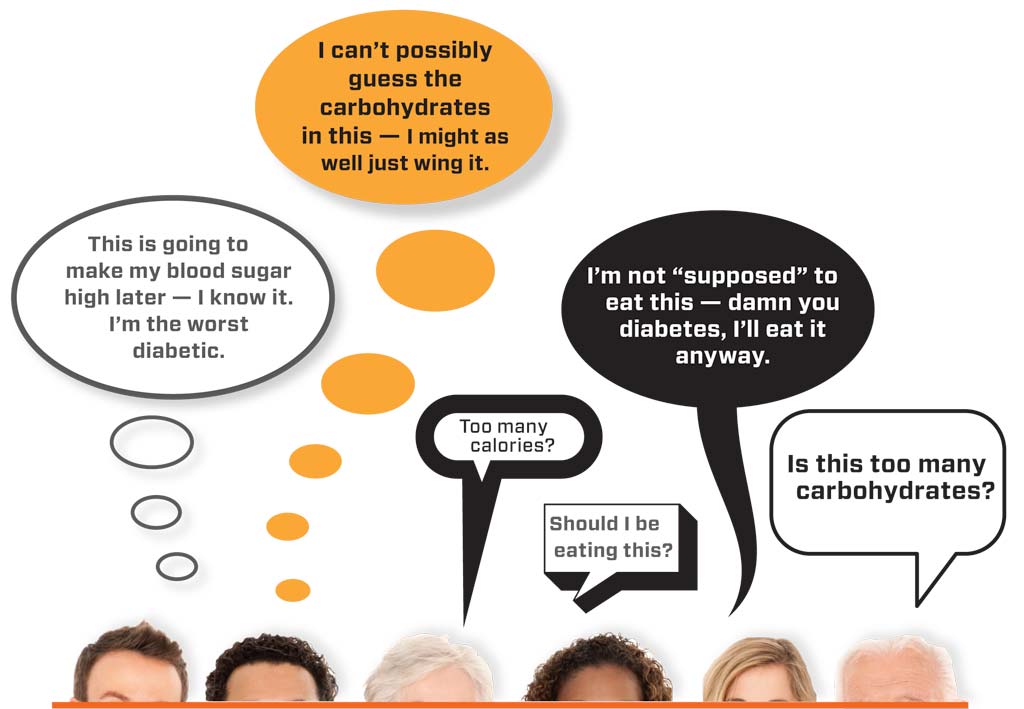How to Make Canadian Schools Diabetes-Safe

When my daughter was diagnosed with Type 1 diabetes, she was five months away from starting kindergarten. Like all parents faced with Type 1, we were in a state of shock. At the time, I was scared to leave her with another adult, let alone send her to school by herself.
A month after the diagnosis, I went to see the school principal. I figured she’d need time to arrange for additional staff to help manage my daughter’s diabetes during the school day. Instead, she told me there was no support available. She would ask her staff for a volunteer to check blood sugar, but she made it clear that no one could be mandated to help. There would be no one assigned to ensure my daughter ate her meals and snacks, to watch for low blood sugars, or to keep an eye on her during special activities.
Our school is not required to provide any support because our school board has no policy for students with diabetes. The province of Ontario, despite being the first jurisdiction in the world to enact legislation aimed at preventing anaphylaxis in school, does not require schools to support children with other serious and life-threatening conditions like Type 1 diabetes.
The Canadian Diabetes Association estimates there are 30,000 schoolchildren with diabetes across Canada, yet only five provinces have specific policies or guidelines on diabetes in schools. Even some of those policies fall short. For example, not all make it clear who will administer insulin during the school day. Also, many Canadian schools only employ part-time public health nurses who come in for services like immunizations, meaning they aren’t nearby for daily testing or in case of emergencies.
Too many parents are on their own when it comes to securing day-to-day help for their children, whether that involves giving insulin, checking blood sugar, supervising meals and snacks, or preventing hypoglycemia. Instead, we patch together solutions that are often less than ideal. We rely on a mix of persistence, advocacy, and goodwill to ensure that our kids get what they need to keep them safe at school.
Each child, each family, each school is different, but as parents of kids with a disease that requires constant vigilance, what connects us is fear – fear that someone is not watching our child as closely as we do; fear that someone will forget our instructions or a special request; fear that our child may not be safe at school.
Many of our kids are the only ones in their schools with Type 1 diabetes. Many teachers have never had a student with Type 1, and simply don’t realize the seriousness of the disease and how quickly things can change over the course of a day. Many parents are fighting alone, year after year.
In 2014, I joined with a few other parents to form Support Ontario Students with Type 1 Diabetes. Our goal is to see comprehensive policy introduced in Ontario, because every time we hear of a child being excluded, put at risk, or unfairly treated, it breaks our hearts.
So what changes do we need to feel safe in Canadian schools?
– First, we need an overarching and comprehensive policy at the provincial level, so that all jurisdictions are on the same playing field. Support shouldn’t depend on where you live, how hard you can advocate, what resources you have, or what your principal is prepared to do.
– We need better understanding and awareness of Type 1 diabetes in school, so that teachers and other staff know what the risks are, and what can be done to prevent problems.
– We need day-to-day support for all aspects of our children’s disease management. Parents should be free to make treatment decisions that are in the best interests of their children’s health, and not because a particular regimen is convenient to the school day.
-That support needs to ensure children’s full participation in school, so that no child has to sit on the sidelines during gym class or a field trip.
-We need trained staff to help provide that support, and resources for training.
-We also need emergency management protocols for when things do go wrong.
-And in all these approaches, we need to ensure that children are at the center. When I do diabetes education at the beginning of the year, I start by telling my daughter’s teachers that she is a kid first; she just happens to be a kid with diabetes.
The Ontario Ministry of Education says it is working on a policy for children with medical conditions in schools. Whether it meets the unique needs of children with Type 1 diabetes remains to be seen, but we are hopeful. Parents and children who are coping with what is likely the most difficult news of their lives should not have to wonder whether their kids will be safe at school.
Thanks for reading this Insulin Nation article. Want more Type 1 news? Subscribe here.
Have Type 2 diabetes or know someone who does? Try Type2Nation.







